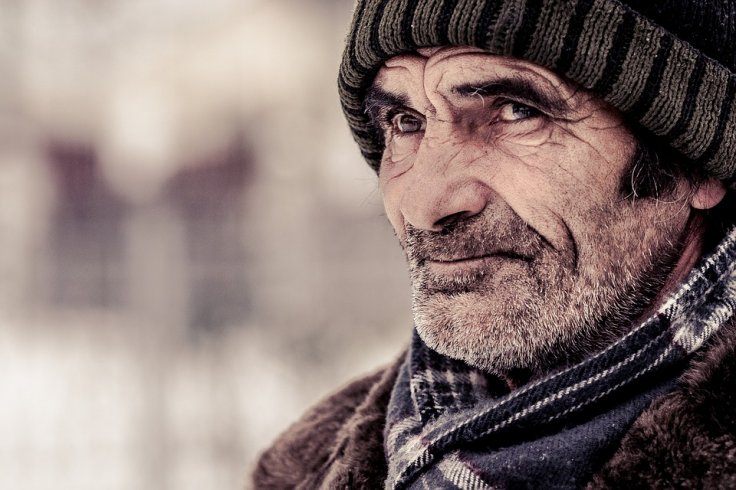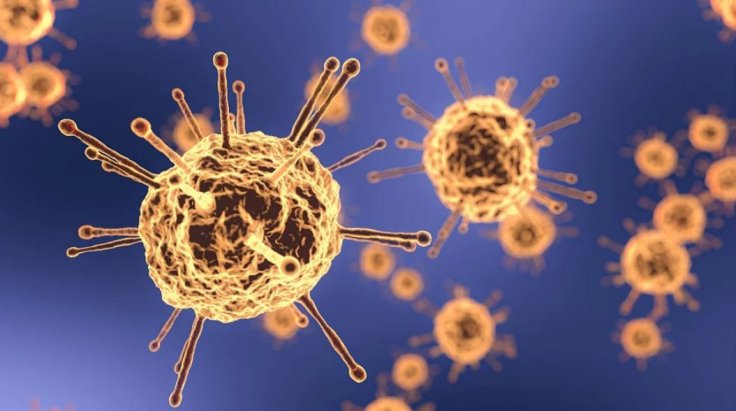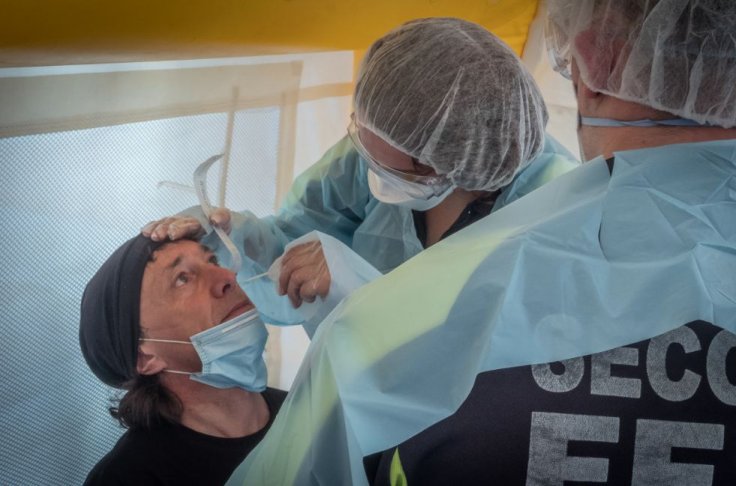One of the most mysterious aspects surrounding patients with COVID-19 is the tendency of severe infection among males and older adults. The rudimentary mechanism leading to increased mortality among the two demographics remains largely unknown. However, a new study suggests that varying immune responses to the novel coronavirus due to age and sex may be related to the time-course of the infection and viral load.
"Collectively, our data demonstrate that host responses to SARS-CoV-2 are dependent on viral load and infection time course, with observed differences due to age and sex that may contribute to disease severity," wrote the authors from the University of Washington.

Understanding the Underlying Mechanism
In spite of the virus's minimal genetic diversity, the manifestation of the infection has been found to vary among different patients. Therefore, the scientists tried to understand the underlying mechanism causing such diverse reactions among different hosts. For this, viral RNA from swabs derived from 430 COVID-19 positive patients, and 54 COVID-19 negative patients serving as controls, were extracted and sequenced.
Later, the immune and antiviral responses of the hosts across sex, age, infection status and viral load were examined. The scientists found that the responses of the interferon-stimulated genes were not initiated until after three after the beginning of the infection. Interferons are a group of signaling proteins released by the virus-infected cells of the host; whose task is to induce antiviral responses in adjacent cells.

They also found that the composition of the immune cell and their function shifted with viral load. "Collectively, these results support a common mechanism by which SARS-CoV and SARS-CoV-2 suppress intracellular viral detection and subsequent interferon induction long enough for viral replication to occur," stated the authors.
Weaker Immune Responses An Important Factor
The above nature of the mentioned observations suggested that in males and older adults, dysfunctional antiviral response occurred. While the authors state that these findings have a crucial role in the development of treatments against the disease that can alter the immune response of the body, additional studies are required.
This is because the swabs were acquired from the nasopharynx—the upper part of the throat behind the nose—which is not an ideal anatomical location for precisely analyzing systemic inflammation in comparison to serum or lower respiratory sites.

"Additional studies will be necessary to ascertain how SARS-CoV-2-induced DE (differentially expressed) of transcripts in the nasopharynx relates to inflammation and pathology in affected organ systems such as the lungs, intestinal tract, and circulatory system," the authors wrote.
In conclusion, the scientists asserted that the higher mortality among men and the elderly following the onset of the infection may be indicative of weak immune responses that ultimately result in adverse clinical outcomes.









